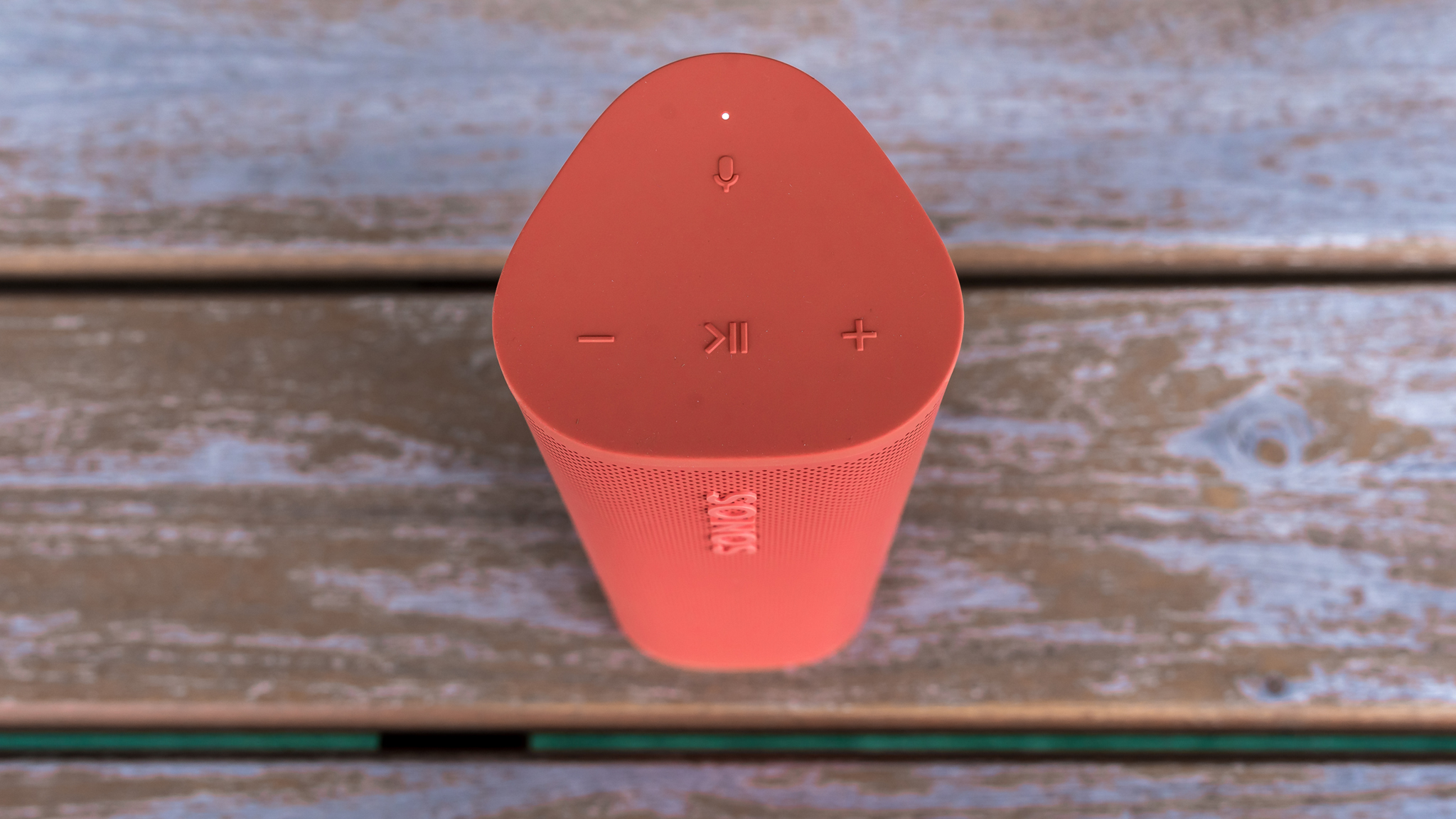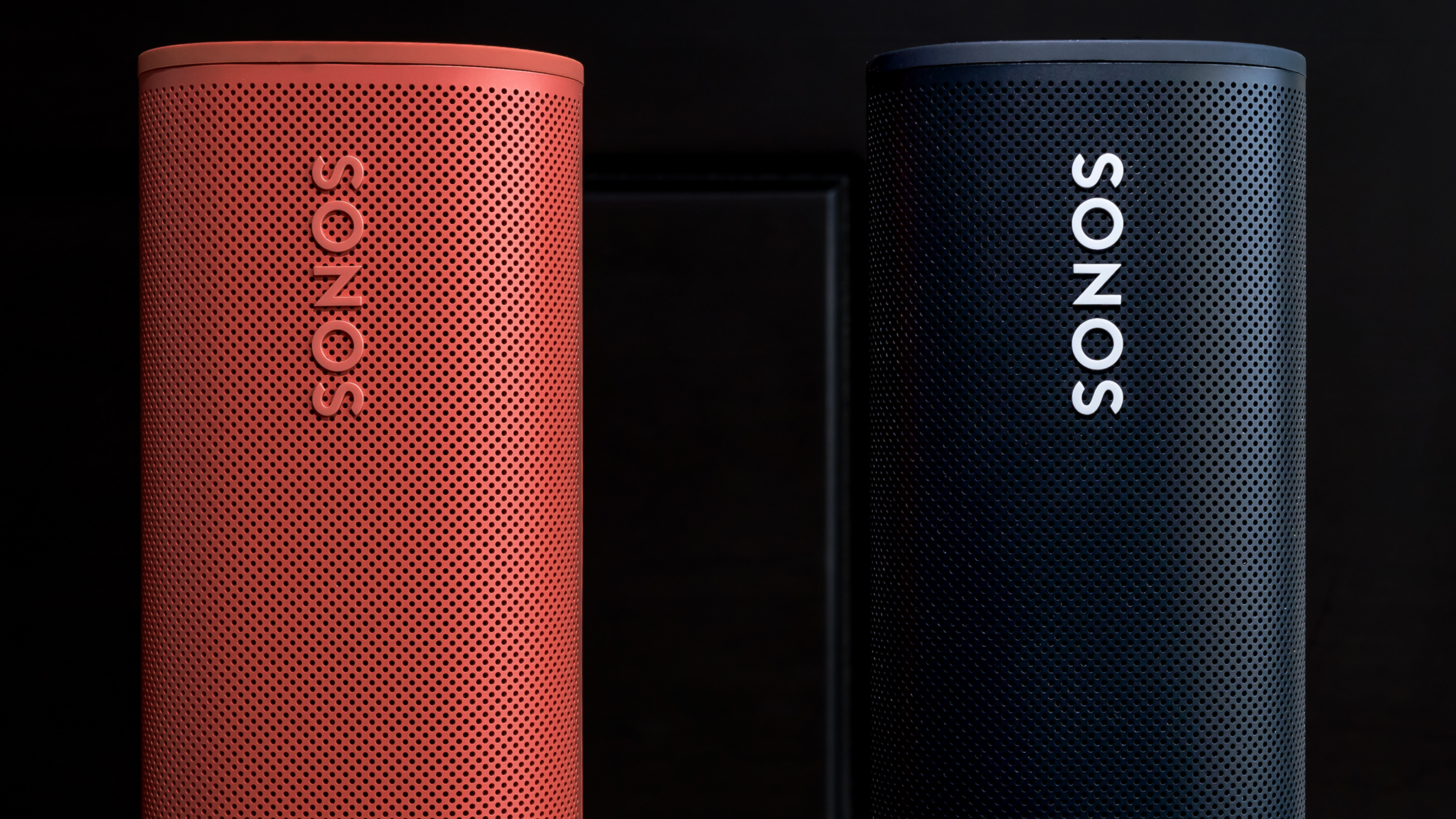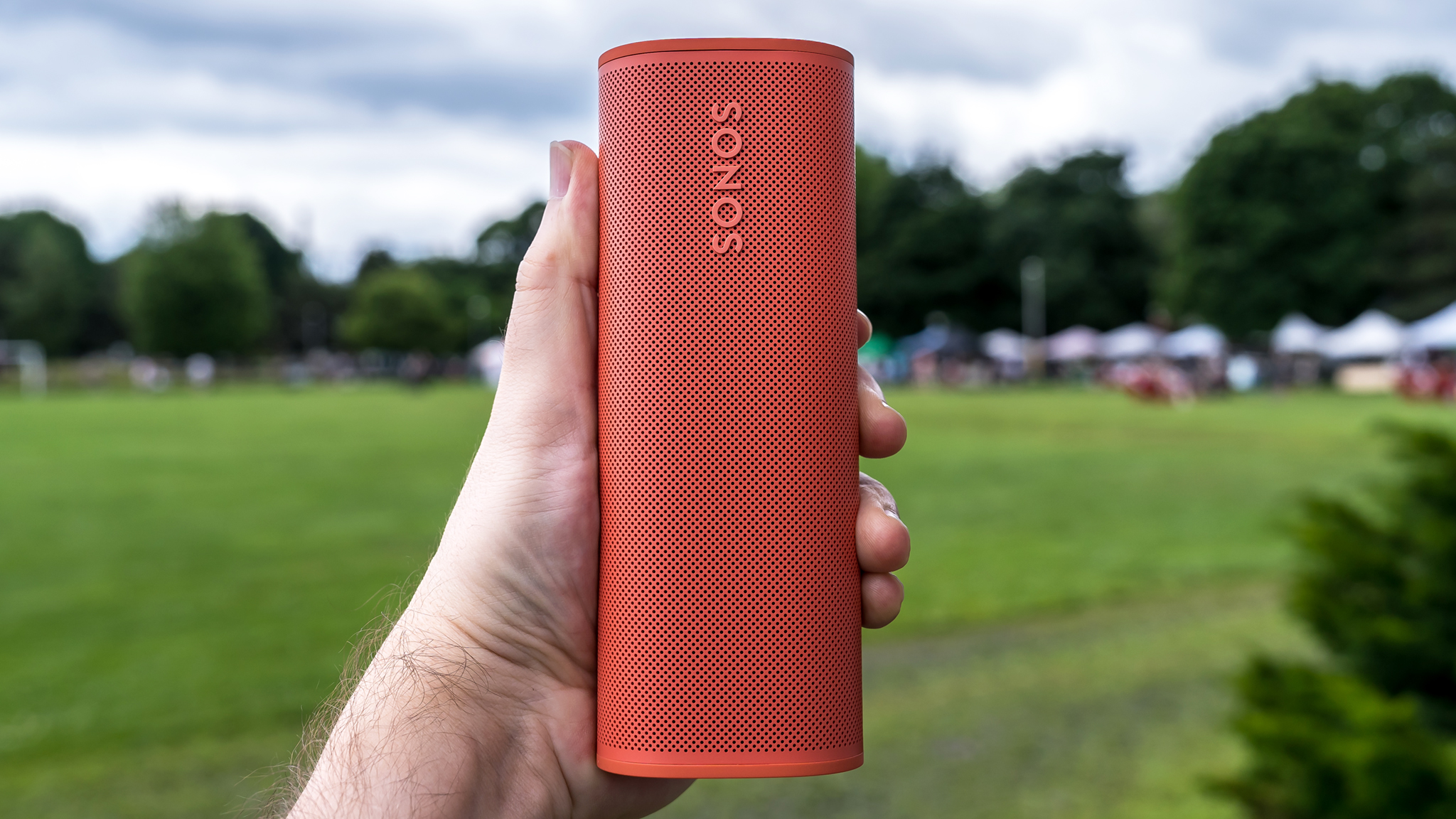
Sonos often takes a top-down approach to its speakers, engineering the latest and greatest features and performance for its larger models, and then trickling them down to the smaller ones.
They don't get much smaller than the Sonos Roam 2, especially when the company's only other portable option in the Move 2 is several times the size. Despite three years between the original Roam and this presumed sequel, the two share a lot in common.
Sonos Roam 2: Price and availability
Sonos launched the Roam 2 in May 2024 and it should be widely available until the company retires the speaker, which probably won't happen until a newer model comes along. It starts at $179, a modest $10 increase over what the original Roam cost when it came out in 2021. You'll be able to find it from a variety of retailers, including Sonos' own website. It comes in Black, White, Sunset, Wave, and Olive.
Sonos Roam 2: What's good

Sonos chose to stick to a familiar design with the Roam 2. So familiar, in fact, that you have to know the distinct differences to notice. The color options mirror those launched for the original Roam, only the second-gen speakers don't have the logo emblazoned in white on all colors (it is for the white variant, though).
You'll also notice a dedicated Bluetooth button in the rear. This solves a nagging issue where you had to hold down the power button on the previous model for an exact number of seconds to put it into pairing mode — invariably turning it off when you missed the mark. The Roam 2 only requires you to hold down the Bluetooth button to do that. And if you need to switch between Bluetooth and Wi-Fi mode, you just need to press it once.
Apart from that, there's not much else to separate the Roam 2 from a physical standpoint. It has the same chassis, layout, weight, and IP67 dust and water resistance as its predecessor. It supports wireless charging the same way when you place it upright and put the bottom of the speaker onto a Qi-enabled charger. Plus, any accessories made for the original Roam will fit right in with this one.

The Roam 2 launched with less fanfare, partly because Sonos also released its first pair of headphones in the Ace. Except, the Ace can't be part of a Sonos system the way the Roam 2 can. Adding the speaker to a Sonos system is easy and only takes minutes to confirm and complete. Indeed, the process is pretty much the same as it always was despite Sonos' redesigned app.
All the familiarity extends to the controls, which are situated in exactly the same spots. The play/pause button is flanked by volume buttons on either side, along with a microphone button up top. When the LED above it is on (and you've set up voice control in the Sonos app) you can use either Alexa or Sonos Voice Control. Missing in action is Google Assistant, a feature the original Roam still maintains. Until Sonos and Google resolve their legal issues after a judge threw out a judgment against Google in October 2023, its voice assistant won't be doing any talking.
At least the speaker won't take issue with splashes of water. The Roam 2 doesn't look like a ruggedized speaker but its IP67 rating is pretty tough by speaker standards. Using this by the pool or tub shouldn't be a problem. Stay away from saltwater and remember that it's more water-resistant than waterproof. You can submerge it for up to 30 minutes.

Once the music plays, Sonos' tuning clearly focuses on clarity without skewing too far one way or the other in the audio spectrum. It's par for the course for Sonos at this point, and it offers Trueplay as a way to tune the audio based on where you're actually playing music through the Roam 2.
It's just that this speaker doesn't sound any different from the original, so there's no sonic improvement. The app's EQ only lets you adjust bass, treble, and loudness. Go too far with the bass or loudness, and you lose some of the clarity in the process. Finding the right mix in a certain setting can prove to be a challenge. Worse yet, Sonos still inexplicably doesn't let you save any presets under the false impression that Trueplay is good enough on its own.
On the bright side, you can stereo pair a Roam 2 with a Roam 1 to create true stereo sound with left and right channels. The app makes this fairly easy to pull off, and put together, two definitely sound better than one. If you use the Roam 1 as the primary of the two, you can retain Google Assistant as the prime voice assistant, but not if it's the other way around.

Sonos rates battery life at up to 10 hours per charge, but you likely won't get there. That's at default volume and it's unclear if Sonos means Bluetooth or Wi-Fi. You're more likely to hit the seven-to-eight-hour range if you regularly raise the volume higher either way. That's not great but also not bad considering the tech involved here.
The app lets you take some control in mitigating battery loss. You can choose how long it takes for the speaker to turn off due to inactivity, and a Wi-Fi Power Save toggle saves power whenever the Roam 2 is connected to Wi-Fi.
Sonos Roam 2: What's not good

When the first Roam launched in 2021, it stood out as a superb portable speaker that could extend Sonos' sonic presence beyond the home. Three years later, competitors manage to either offer better value relative to price or find ways to surpass the audio output available here. It's just odd Sonos chose not to at least try to make the Roam 2 sound better than its predecessor.
If you're into bass-heavy music, don't bother with this speaker because it will disappoint you that way. While highs and mids are pretty good for the size, they lose some of their resonance when you pump up the bass. You're then left with a choice to make if you're after a certain type of sound.
Not only that but SBC and AAC are your only Bluetooth codecs, so forget any hi-res audio playback outside of Wi-Fi connections at home. Not to mention it's Bluetooth 5.0, a fairly outdated standard for something that costs this much.

These drawbacks don't apply to a variety of portable speakers currently available, some of which very much undercut Sonos in price. Granted, those are Bluetooth speakers without any Wi-Fi compatibility, but it's still hard to ignore the comparisons.
As a smart speaker, certain roadblocks also pop up. You can use Alexa as the voice assistant, only it can't actually play music by request for you. This will feel strange when you encounter it because you can control smart home devices by voice. Ask it to play a song, album, or playlist, however, and it can't do it. Even if Amazon is partly to blame for that, it makes the absence of Google Assistant all the more glaring. Sonos Voice Control is terribly limited and not a true alternative.
Sonos doesn't enable multipoint connections, so two devices can't pair with it at once. When stereo pairing, you need Wi-Fi to facilitate the connection, making it all but impossible to do it away from home. Thus, if you want to use a stereo pair to serenade your group or BBQ at the park, your Roam 2 will have to fly solo.
Sonos Roam 2: Competition

The Roam 2 stands out among the best Sonos speakers because it's the smallest in the lineup, but when it comes to the best Bluetooth speakers, the Sonos Move 2 is the company's better option. It's much bigger, yet still mobile enough within a home, and delivers sound that trounces the Roam 2 in every audible form. If you're willing to take it to the park or host people in a backyard, it will have no problem handling a crowd.
For something closer to the Roam 2's own size, the Ultimate Ears Boom 3 packs a real punch, especially when it comes to bass response. For clearer sound with a real presence, the Marshall Emberton II frankly sounds better. Both of those come in cheaper on top of that. If you want bassy sound with a light show to go with it, the JBL Pulse 5 is unique in the category.
Sonos Roam 2: Should you buy it?

You should buy this if...
- You want a wireless speaker to take with you
- You are already in the Sonos ecosystem
- You like the convenience of Wi-Fi and Bluetooth
- You already own a Roam speaker and want to stereo pair
You shouldn't buy this if...
- You want hi-res audio playback
- You want booming bass
- You want Google Assistant
- You prefer to spend less
The Sonos Roam 2 isn't a real sequel when it comes down to the sum of its parts. The upgrades, such as they are, feel more like incremental tweaks, giving me the impression this speaker was more like a Roam 1.5 than a 2. The biggest reason is that it doesn't sound any different and offers no credible improvement in Bluetooth range or quality.
This is a little confusing considering Sonos re-engineered its Era speakers to cut above the previous One and Play models. By contrast, the Move 2 feels like a much more substantial upgrade compared to its own predecessor. That doesn't all mean the Roam 2 is terrible. It's a solid, very portable speaker. It just doesn't stand out a whole lot from the one that came before it.
More like Roam 1.5
The Sonos Roam 2 looks and sounds like its predecessor, making this second-gen speaker just as portable, be it via Bluetooth or part of a Sonos system over Wi-Fi.







